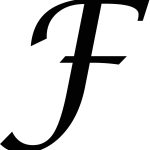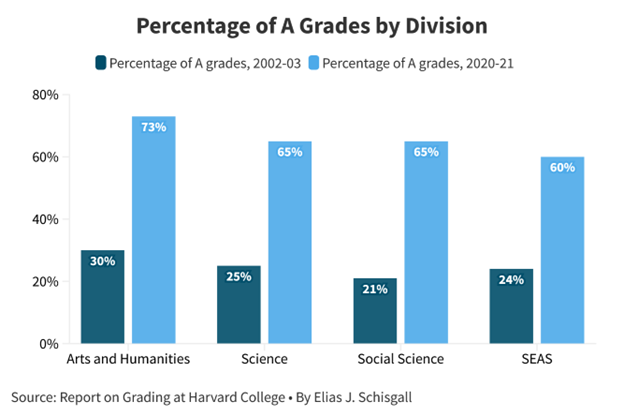Londoners With Ideas
This is going to be about homelessness in my city, London. Unlike most posts here, this was not provoked by an article in the local paper, or any paper, although they write and report often on this topic. Rather, it was prompted by two letters to the editor I read in the Freeps a couple of weeks ago.
Homelessness is of great concern in London and many other places. There are people now who sleep on the street downtown as well as in the underpass I walk through to get downtown. There are also encampments in various places around London, and probably other examples of which I am unaware.
I will start by saying what I can about what I think a ‘solution’ to homelessness would look like. Number one, it would mean that when people were found to be sleeping outside as they do now, they would be removed and taken somewhere. That is indeed priority one as far as I am concerned. Absolutely no one benefits from having those people there, although I expect there are those who would say that they should not be removed from the street if they wish to stay there. The next issue is what happens to those people who are removed from the streets. Those with mental health and/or drug problems (I suspect one often comes with the other) would be put into mandatory programs to treat them. Anyone who knows anything about such programs knows that their success rates are very low. However, if someone is judged to have successfully beat a drug problem, or been treated for a mental health problem to the point that they can function in society, they should be given temporary shelter while they try to integrate back into society. Their families should be involved in all of this whenever possible, and those given such shelter should be charged with crimes if they commit any while in such housing. I add that last clause because I know people who have tried to run non-profit housing establishments for people in similar situations, and they say the biggest challenge and expense is repairing the damage done to them by some residents.
Now I strongly suspect that some of the people currently sleeping on the street will never be put in a position to again function in society by any program that can be devised. (Indeed, I think it likely that many of them never did really function.) I have heard stories from those in the health care sector that some long-term care beds in Ontario are now occupied by young people who have ODed and then naloxoned enough times that they are no longer physically or mentally functional. LTC homes are supposed to be provincial establishments for the elderly with no alternatives. They are, sadly enough, often little more than warehouses for those waiting to die. Such warehousing may also be the unfortunate final destination of some of the homeless.
My overall point here is that a solution involves taking them off the street and putting them into a system which moves them along to some final destination. That final destination will be unconstrained entry back into society only for those who can function there, without breaking the law, going back on drugs, or back onto a bed on the street.
The above is only a sketch of what I would suggest, there will be a million details to work out. I do not think this is in any way an easy problem to deal with, or even to make progress on. It is bloody difficult.
OK, that is prelude, I started this by saying it was prompted by some letters to the Freeps on the London homelessness problem. Each of them suggested a way of attacking the issue, and the first one I will note was written by one Stephen Orser. The Freeps staff titled it Reward Taxpayers, and in it Orser suggests that ‘We should look at a Homeowners Homeless Program’.
Orser’s idea is to have the city provide a forgivable loan of up to 10 years and $125k to build a separate granny flat on any homeowners property.
“Rent, at a reduced rate, would be paid directly by Ontario Works or ODSP to house homeless, drug-free, screened, police-checked individuals. The city would insure homeowners for losses caused by tenants and provide free sewer hookup and fast action for problem tenants.”
“Homeowners can save money while helping the homeless.”
He also finishes the letter with this:
“Instead, we’re spending $7million for 60 garden sheds by Highway 401 for three years.”
Now, I agree with the implied criticism in that last sentence of the City’s current plan, as I have written elsewhere. However, Orser’s alternative seems to be to subsidize homeowners to build those garden sheds in their backyards. I will admit that such sheds are more likely to attract the attention of people currently living on the street than are sheds miles from anywhere, but that is the only improvement.
No subsidy you can devise would induce me to build such a thing in my yard. My worry would be that I might live next to someone who did build one. In that event, I would have no faith that the city would provide ‘fast action for problem tenants’. My neighbor a few years back rented his basement to a bunch of young assholes, and the entire neighbourhood suffered for more than a year until they left and he stopped renting. I woke up one morning to find a pile of garbage at the end of my driveway from said tenants. No, thanks, Mr. Orser.
The second letter was from one Ron Pare, and the wags at the Freeps gave it the title Star Trek Solution. I have no idea why the Freeps feels it needs to give titles of any kind to letters, but I suspect in this case it was the headline-writer’s way of indicating he didn’t like the letter.
Pare’s letter contains a sentence that I think is right on the money.
‘We are currently treating homelessness like a storage problem. We try to find places to put people, like warehousing inventory, rather than fixing the underlying human fallout that surrounds us.’
Exactly, Mr. Pare. That is what the City is proposing with its ‘hubs’ and ‘garden sheds’. And that is not a solution.
Mr. Pare’s solution is detailed, even more so than what I wrote above. It starts with a 30-day period of ‘biological stabilisation’ to deal with drug and other health issues, then a 60-day period of helping people to acquire human capital of all kinds so they can more successfully re-enter society. Those are possibly sensible ideas for dealing with rather than warehousing homeless people.
Then he writes:
‘We need to stop debating where to put hubs and start debating what happens in them.’
Agreed again. I will add one thing, that was implicit in what I wrote above: no system, however detailed and well-conceived, will constitute an actual solution if entry into it is purely voluntary. If you are found living on the street, you go in, period. Where you end up depends on what happens next. That is something all the ‘activists and advocates’ who currently dominate all discussions of this problem will likely not tolerate.
And that, along with the general inability of our city leaders to do anything competently, is why I see no solution looming. The ‘garden sheds’ way down in south London will achieve nothing, and I see nothing else with a hope of success on the horizon. Not my system, and not Mr. Pare’s, because the City will simply not implement them in the face of predictable opposition from the activists and advocates – and likely also from various judges.
And, if my plan or one like it were to be implemented, I am sure that some people would end up involuntarily warehoused. That’s because I expect that some not-small portion of people currently sleeping on the street are there because of what happened to them when they were young. Terrible parenting, trauma, miserable nutrition, abuse….and on and on. The only way to heal from such as that, if there is one, is not something any ‘system’ is likely to deliver. That is also why I wrote that priority one is to get people off the street. If some street people cannot be healed, it is still imperative that the rest of us not have to live with them sleeping, taking drugs, defecating and occasionally being violent on those streets. Chaos must be tamed.
Epilogue
Various people wrote into the Freeps in reaction to the two letters above. One such reaction was titled ‘Fine, You Go First’ in which the writer invited Mr. Orser to be the first to build a granny flat in his yard. True to his beliefs, Mr. Orser wrote back volunteering to be the first to take up his program if the City would implement it. He also criticized Pare’s plan as being ‘too expensive’.
So, two further thoughts:
One, as I wrote, it is the Orsers of the world who worry me about his plan. If it were to be implemented, there would be those who saw it as a way to be ‘rewarded’ – and impose costs on their neighbours when their subsidized tenants caused trouble.
Two, yes the Pare plan is expensive, as would be anything like my own. That is not what London does, they prefer to spend money in ways that do not address problems – like their solution to snow-covered sidewalks.

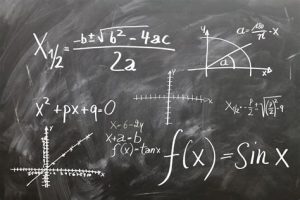
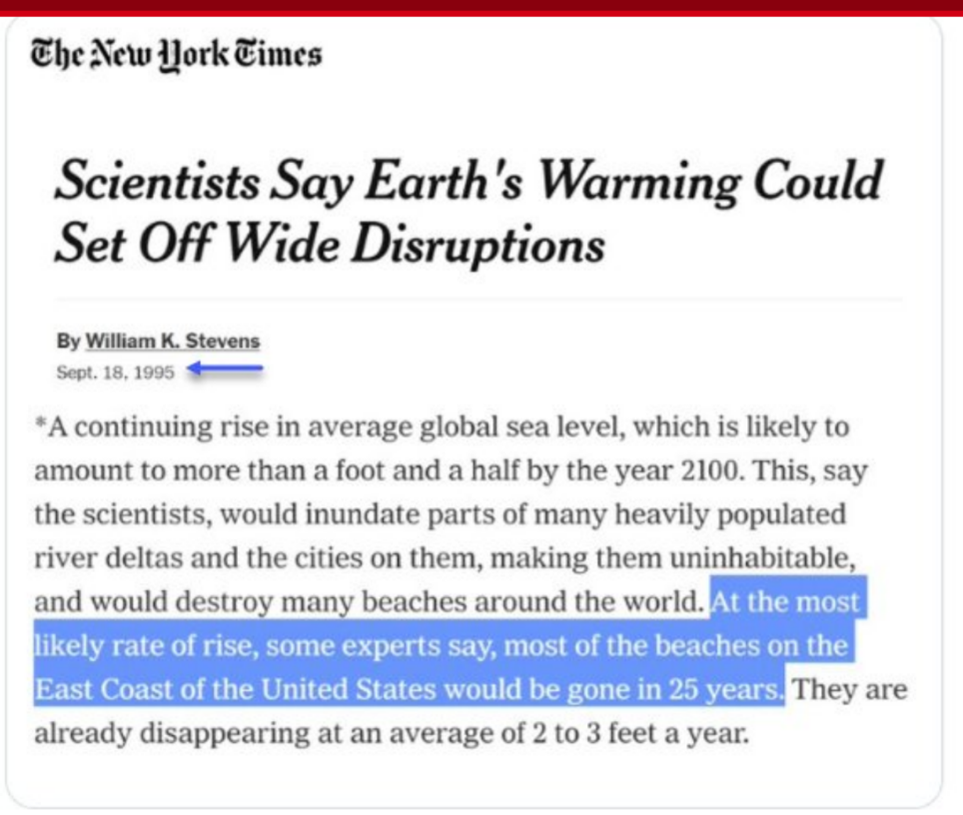



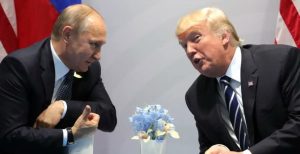
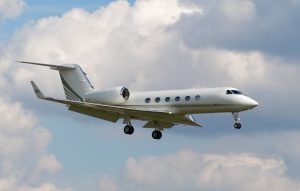

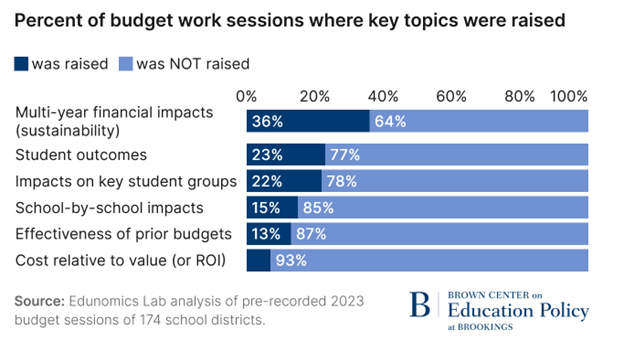

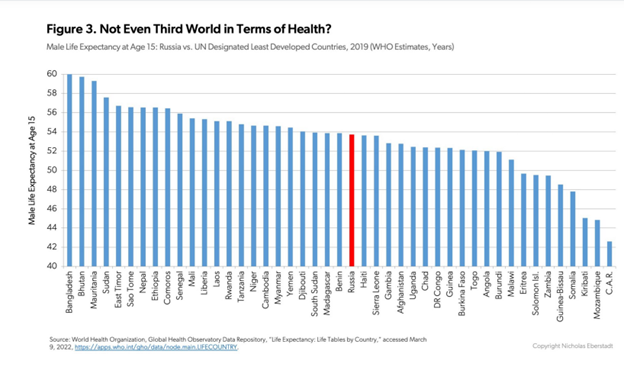

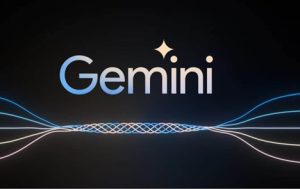
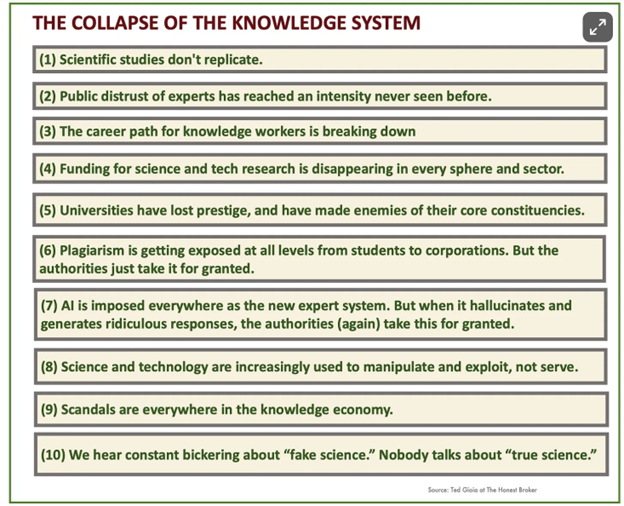
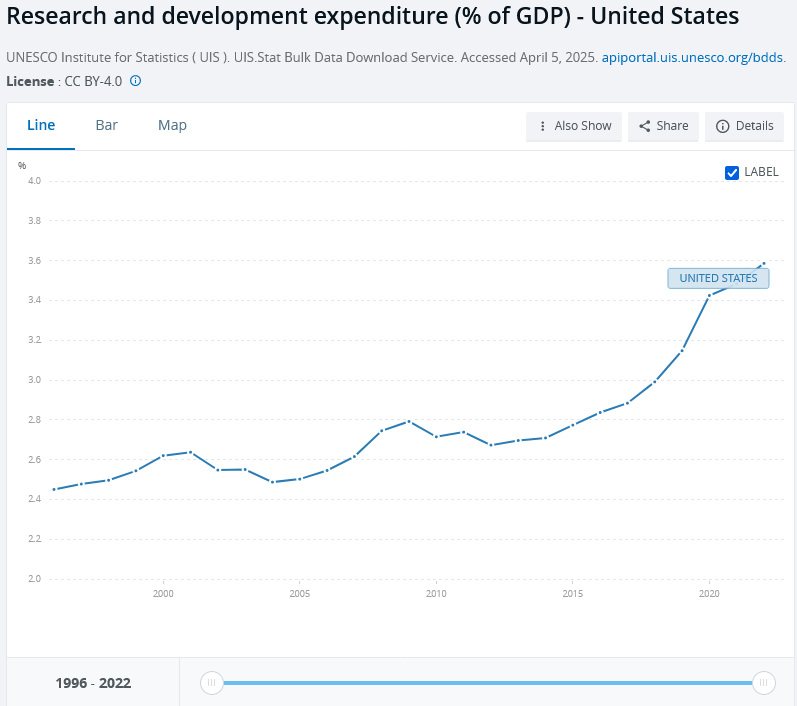
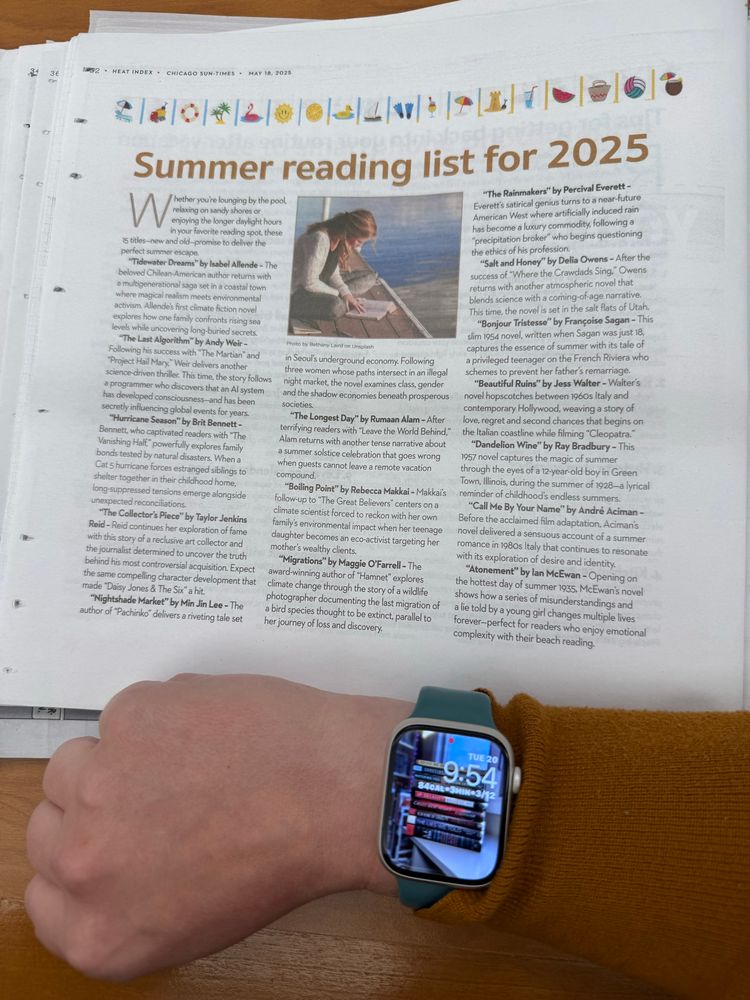

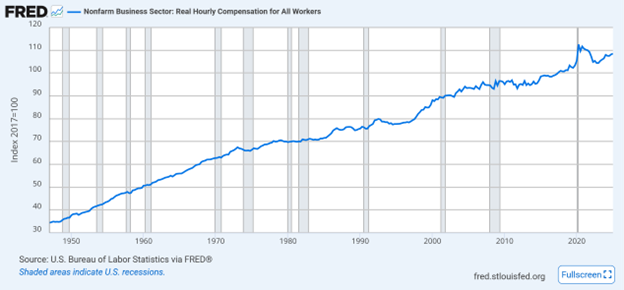






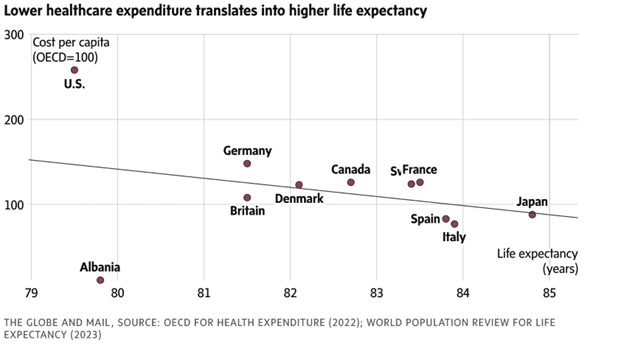
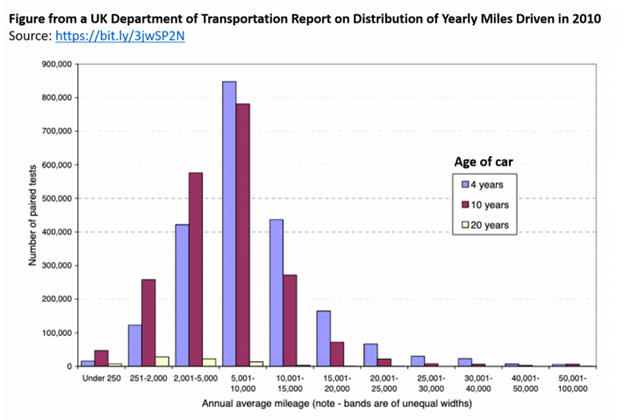
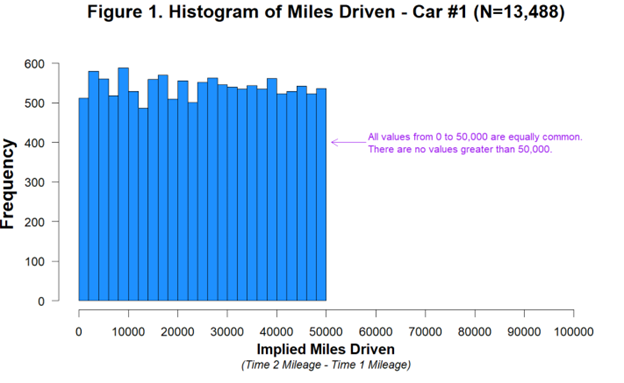

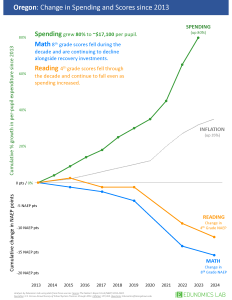
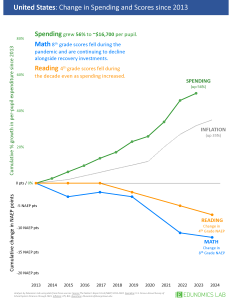

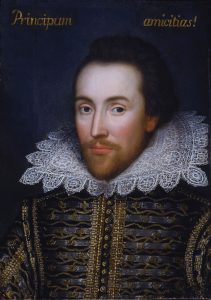
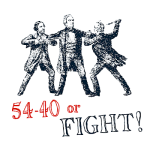

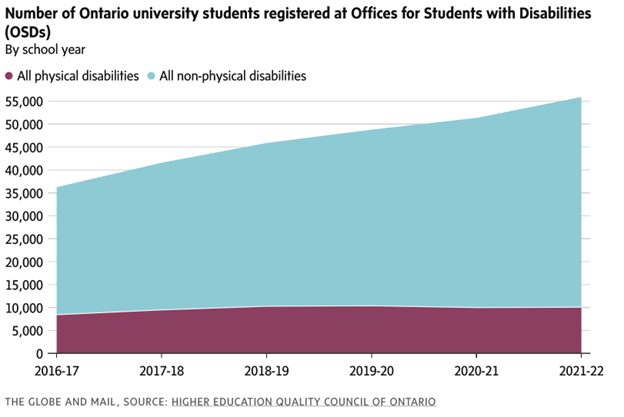
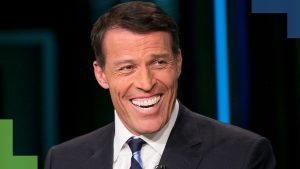

 or……….
or………. 